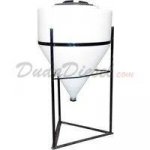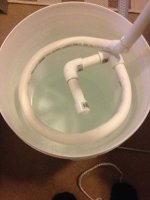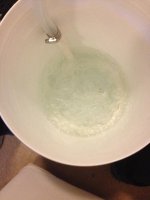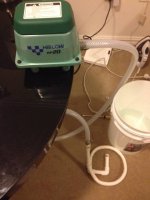Applesauce
Member
Sweetwater diffusers:
http://www.drsfostersmith.com/product/prod_display.cfm?pcatid=23555
Microbeman talks about these on his website.
http://www.drsfostersmith.com/product/prod_display.cfm?pcatid=23555
Microbeman talks about these on his website.






